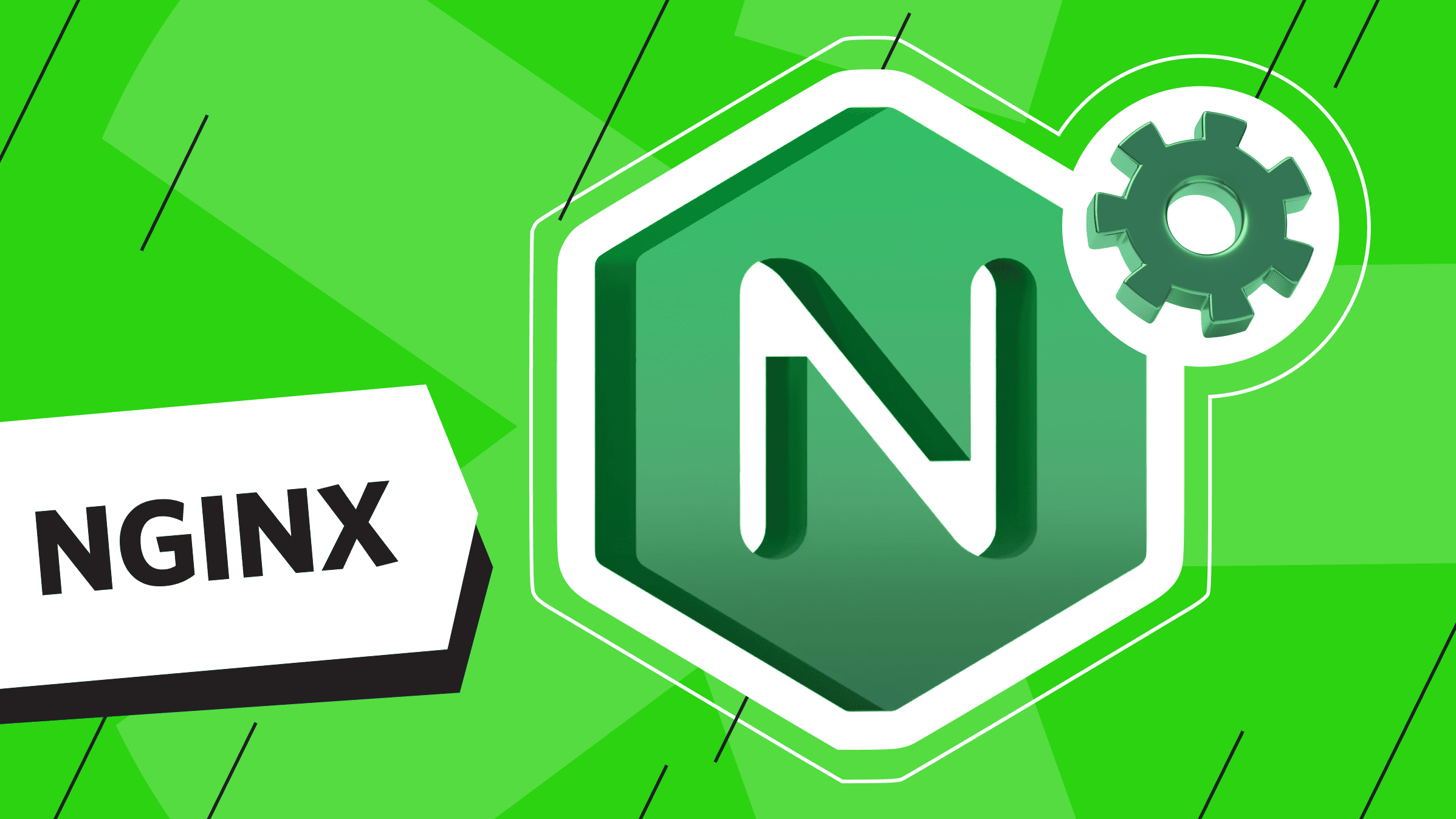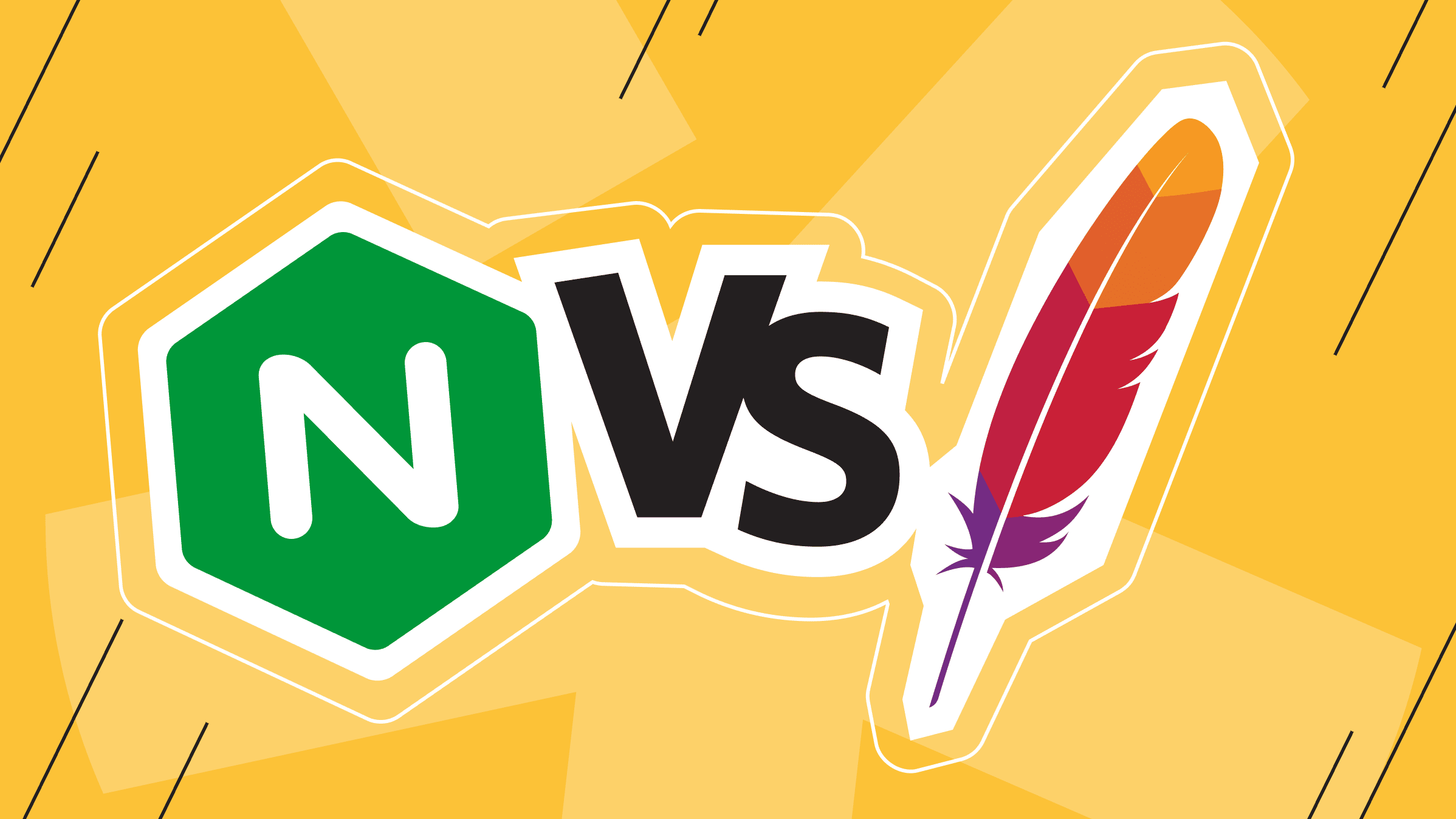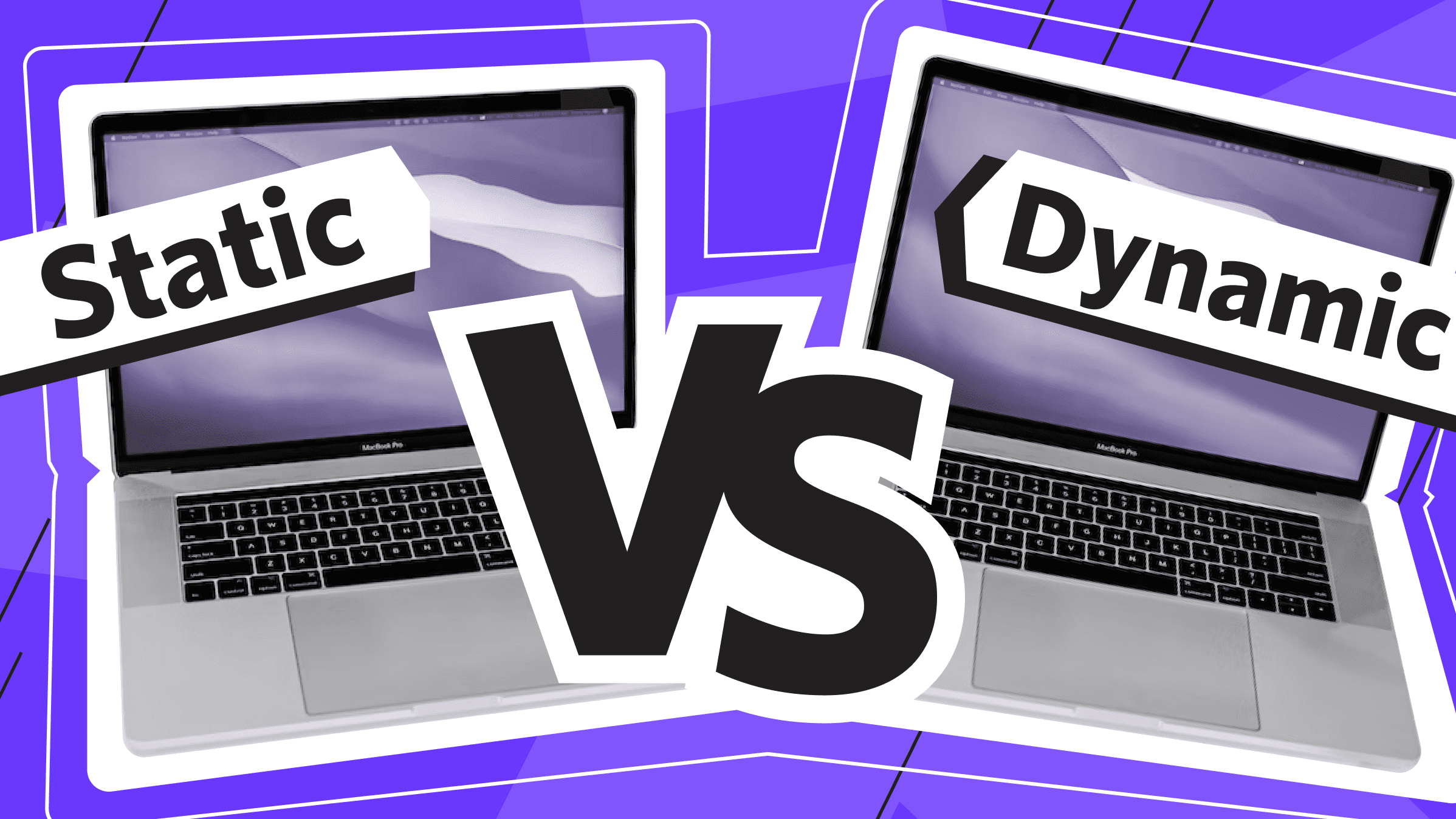
When choosing hosting for a project, website, or other online service, you'll want to consider performance, cost, and security. It's good to start thinking about the hosting architecture at the planning stage, but you'll have the chance to move your project to a new host as it grows.
If you're based in one country and want to reach a target audience in another or even multiple locations, choosing a region for hosting is crucial. We'll tell you more about two of the most popular architectures for hosting online projects.
Traditional and CDN Architecture
High-quality, fast content delivery is the foundation for any online project. This goes beyond just websites—it's also about apps, services, and more. To be there for your customers, you must host your project on reliable servers in the same region as your target audience. What if your clients are all over the globe?
Traditional hosting can be effective over relatively short distances, but a content delivery network may be needed for global and lightning-fast operations.
Details of Traditional Hosting

With traditional hosting or on-premises hosting, data and apps are stored and managed on the company's physical servers. This approach gives businesses more control over their IT infrastructure and data security, but it may be more complex than it seems.
Traditional Hosting Infrastructure Description
A traditional hosting infrastructure usually includes physical servers, storage devices, networking hardware, and software applications. These parts are kept safe in a secure data center or in the company's server rooms, where backup power and environmental monitoring are provided.
Dedicated servers are a type of traditional hosting in which a physical server is dedicated to one client only. The business controls the server's resources, including hardware, software, and network configuration. Dedicated servers are ideal for web projects requiring high performance, security, and customization.
There are many hosting providers out there these days that let you rent dedicated servers in the right locations and outsource some of the technical administration. This allows companies to focus on developing the site or project.
Single Server Installation
With just one server, the site or app is hosted on a separate physical server that handles all requests, stores data, and delivers user content.
Single server systems are simple to set up and manage, which makes them a popular pick for small to medium-sized projects that don't need a lot of scalability or redundancy. Plus, since you only use one server, you don't have to worry about extra costs for building a complex server infrastructure.
Scalability and Performance Limitations
As a website or application grows, a single server can run into problems with resource constraints. Things like CPU, RAM, storage capacity, and bandwidth can become bottlenecks that affect how well a hosted project performs and how easily it can be scaled up.
Scaling a single server can be challenging. As traffic and resource requirements increase, the server may reach its capacity limits, resulting in performance degradation.
Because all data and services are hosted on a single server, there is a risk of a single point of failure. If there's a hardware failure or software glitch, or if the site or app goes down, it could take a while to get everything back up and running.
What is a Content Delivery Network?

A content delivery network (CDN) is a network of servers worldwide that works together to deliver web content faster and more securely to users. CDNs reduce latency to make websites and apps more technically appealing and faster for users worldwide.
The distributed architecture helps spread the load, reduce server strain, and ensure content gets to users quickly and reliably, no matter where they are.
How CDN Architecture Works
The CDN architecture works by caching static content such as images, videos, CSS, and JavaScript files on servers closer to users. When a user requests content from a site, the CDN delivers it from the nearest server instead of the parent server, meaning the data has to travel a shorter distance, and load times are faster.
Unlike traditional hosting, CDNs are highly scalable and redundant. They can handle traffic spikes and provide high availability by distributing content across a network of servers, so it is a good idea to choose a CDN for a website with a global reach.
Caching Mechanisms for Сontent Delivery
Caching mechanisms are vital to the CDN architecture because they store copies of static content closer to end users.
- Edge caching. The CDN architecture caches content using edge servers at different points of presence (PoPs) around the world.
- Content prefetching. CDNs can predict what content people are likely to want based on how they use the site and send it to edge servers before it's even requested.
- Cache invalidation. CDNs have cache invalidation mechanisms to ensure users always get the latest content. When something on the original server is updated, the CDN removes the old cached content on the edge servers so users can access the new version.
- Time-to-Live (TTL). Time-to-live values are set for cached content to determine how long it should remain before expiration.
- Cache-Control Headers. These headers provide instructions on how content should be cached by browsers and caches. They specify directives such as public or private caching, max-age values, and revalidation requirements.
- Cache hierarchies. CDN architectures often use a hierarchical caching structure. Edge servers cache content locally; if they don't have it, they request it from a higher-level server. This hierarchy helps optimize content delivery and ensure efficient resource utilization.
- Dynamic content caching. CDNs are usually used to cache static content but can also cache dynamic content using edge computing. This lets CDNs cache personalized or real-time content closer to users, which improves the performance of dynamic web services.
Challenges of Working with CDN Architecture
Ineffective cache invalidation mechanisms can result in users receiving outdated content, negatively impacting their experience. Maintaining consistency of cached content across different edge servers can be challenging, especially in a distributed environment. However, it is manageable with a skilled team.
CDNs can help you deliver content faster and improve performance, but managing costs can be challenging. If you use third-party infrastructure services, you need to weigh the benefits against the costs. Relying on just one CDN provider can limit flexibility and potentially increase costs.
The CDN architecture is a straightforward attack target, so securing content and data transmitted through CDNs is critical. Implementing strong security measures such as encryption, DDoS protection, and application firewalls is essential to mitigate security risks.
Content Delivery Network Security vs. Traditional Hosting Security

Security is a topic that deserves its own section because both traditional hosting and CDN architecture have their own nuances. While both types of security face similar challenges, the key differences lie in the threats and the scope of their impact.
- Security issues in a CDN architecture are primarily related to content delivery and the protection of user data during transmission.
- In traditional hosting, security concerns cover a broader range of issues, including physical security, network security, software vulnerabilities, and data breaches.
For example, problems on the central CDN server and a single traditional architecture server will have the same result - downtime and inaccessible content.
If a CDN edge server is hacked, it can be used to launch attacks before the breach is even noticed. Meanwhile, servers in other locations will continue to deliver content as usual. Malicious content can be cached on edge servers and accidentally delivered to users before filters catch on.
If a single or traditional server is breached, attackers can move freely within it and access other services, databases, files, etc. It's harder to contain them, and the consequences can be pretty severe.
While the CDN architecture has its own set of risks, traditional hosting is generally more vulnerable because it's set up in a centralized way with a single point of failure and the possibility of external attack. On the other hand, traditional hosting gives you more control over security because you can handle your security concerns and take proactive measures. A CDN makes it easier to have a "defense in depth" strategy, but you still need security measures.
Advantages and Disadvantages of Architectures for Online Projects

Some may think CDN architecture answers all our hosting problems and that traditional hosting is on its way out. But we want to show you how both hosting architectures for websites and applications are worth your attention. They're just used for different things.
Sometimes, it makes sense to combine the best of both options. You can actually combine the two to create a hybrid infrastructure — a CDN network with your own servers in different locations. Look at the pros and cons of CDN and traditional hosting, and then we'll show you how to set up your own distributed network.
Traditional Hosting
We've put together a quick list of traditional hosting's main benefits that we think you'll find appealing if you're in charge of an online project.
- With traditional hosting, companies have complete control over the server environment, which lets them customize the configuration and install software and other services.
- Companies that control server security can implement robust security protocols, access controls, encryption, and backup strategies to keep sensitive data safe.
- Traditional hosting is usually cheaper and more cost-effective than CDN architecture, especially for smaller sites or projects with low traffic.
However, it is worth paying attention to the disadvantages we mentioned earlier:
- Depending on server location and network infrastructure, traditional hosting can result in slower load times for users who are too far away.
- Scaling resources in traditional hosting can be time-consuming and require specialized expertise, which can result in downtime during resource upgrades or migrations.
- Traditional hosting requires more technical expertise to manage than CDN infrastructure, which can be a disadvantage for small businesses or individuals without IT staff. However, renting a managed dedicated server solves this problem.
- Having only one server increases the risk of downtime due to hardware failures, maintenance issues, or cyber-attacks.
In a nutshell, traditional hosting is a simple and straightforward model that's great for businesses of all sizes. While traditional hosting gives you more control and customization options, it can cause some issues with scalability and server performance.
Get the most out of your budget with our affordable, efficient VPS solutions. Fast NVMe, 30+ countries, managed and unmanaged VPS.
CDN Infrastructure
When evaluating the benefits of a CDN architecture, you might think it's an excellent option for projects that need to reach multiple audiences around the world:
- CDNs cache content on edge servers closer to end users, reducing latency and improving load times by delivering content from the nearest server.
- By optimizing content delivery, CDNs improve site performance, usability, and SEO rankings through faster load times.
- The CDN architecture provides scalability through a distributed network of servers, ensuring high availability and reliability even in the event of traffic spikes or failure of specific servers.
- Most importantly, the CDN architecture provides global reach.
CDNs are not without flaws, just like any other infrastructure:
- While CDNs can optimize content delivery and improve performance, they can incur additional costs depending on the content served, bandwidth usage, and additional features such as DDoS protection or encryption.
- Managing cache invalidation to ensure users receive updated content can be challenging, requiring comprehensive strategies to purge outdated content and maintain data consistency.
- CDNs present additional security challenges, requiring increased attention to safeguards against potential vulnerabilities and attacks.
- Enterprises using CDNs rely on the service provider's infrastructure and performance, which can lead to limitations in configuration, control, and possible blocking by the provider.
CDN architecture is great for getting content out there faster, scaling up, and reaching a global audience. But it does require some attention to cost, cache management, security, and depending on your CDN provider. CDN architecture is a good fit for large sites with global reach, but for others, it might be unnecessary and lead to resource mismanagement.
How to Create Your CDN Architecture?

If you're looking for a reliable, controlled solution that's also affordable, and you need guaranteed bandwidth and resources, specialized content delivery settings, or you're concerned about third-party CDNs collecting and using user data, then this section is for you.
It's definitely possible to build your CDN architecture. To put together even a primary content delivery network, you'll need the following:
- The domain name where your website is hosted.
- At least two servers that are in different regions, such as dedicated servers or virtual private servers (VPS).
- A geoDNS tool that directs users to the server closest to them when making a request.
A VPS is probably your best bet if you're looking to set up your own content delivery network. It's easy to scale up, costs less than other options, and you can choose multiple locations.
Suppose you have rented VPS servers in Singapore, Poland, and Canada, each with a unique IP address. When a user tries to access your site, the user's IP is used to determine their country or region (this operation requires GeoIP databases, which are freely available). Depending on the user's location, geoDNS returns the IP address of the nearest CDN server.
You can create a DNS server with geoDNS functionality yourself, but it is faster and easier to use ready-made solutions. When you order geoDNS, pay attention to the number of queries included in the package, and remember that the actual number of queries may be much higher than you expect. We are talking about crawlers, scanners, and other online denizens.
Conclusion
While traditional hosting offers granular control and customization, CDNs accelerate content delivery, improve user experience, and provide global reach. The tradeoffs between these architectures are nuanced: traditional hosting emphasizes control and potential cost, while CDNs emphasize speed, scalability, and distribution.
Ultimately, the best choice for your website or project depends on your needs and budget. A CDN is a good option if you are looking for the fastest and most scalable solution for a relatively large project. However, traditional hosting may be a better choice if you're on a tight budget or need more control over your server environment.
Of course, you can still create your own CDN infrastructure using several rented servers. This hybrid option requires more technical know-how and probably a team of specialists, but it offers the best of both worlds: the advantages of a third-party CDN network and traditional hosting.
Dedicated Server
Smooth operation, high performance, and user-friendly setup - it's all there for you.
From $70.00/moWorldwide
is*hosting works with HI-END class equipment and the best data centers worldwide.
See Coverage

